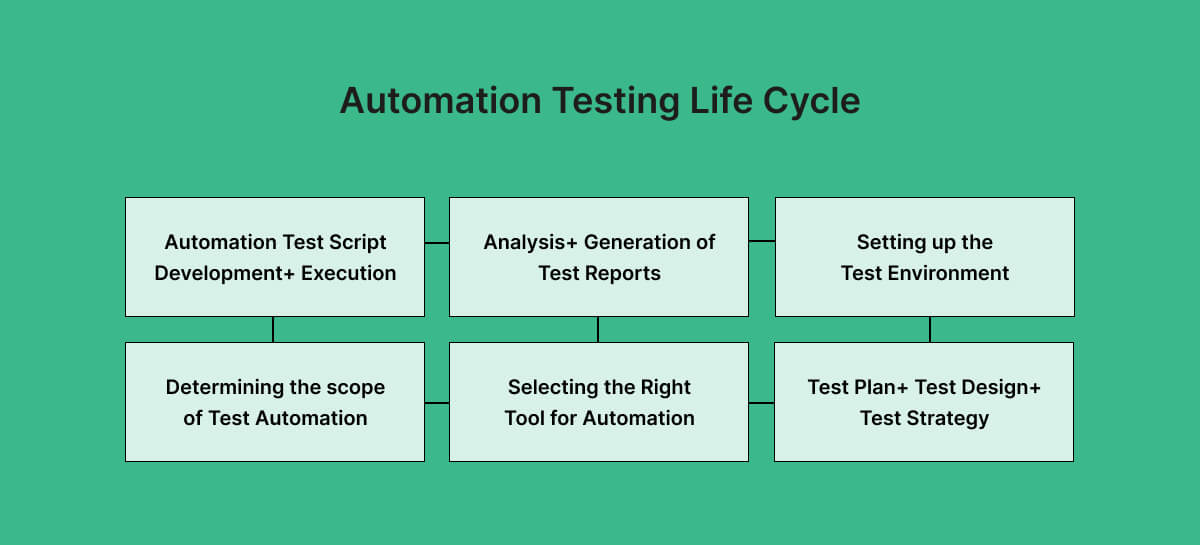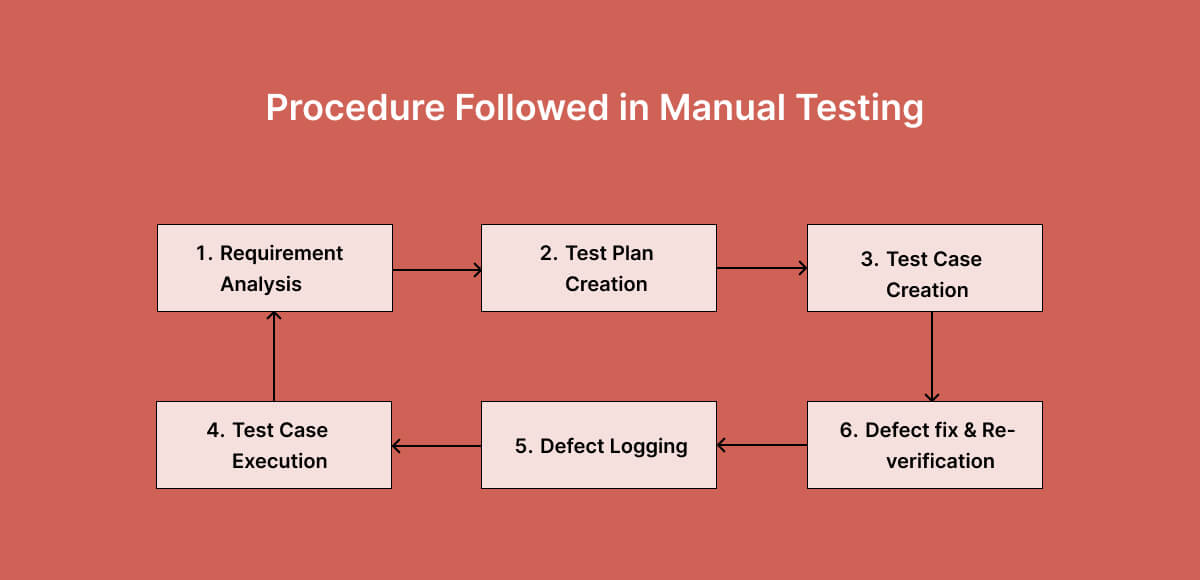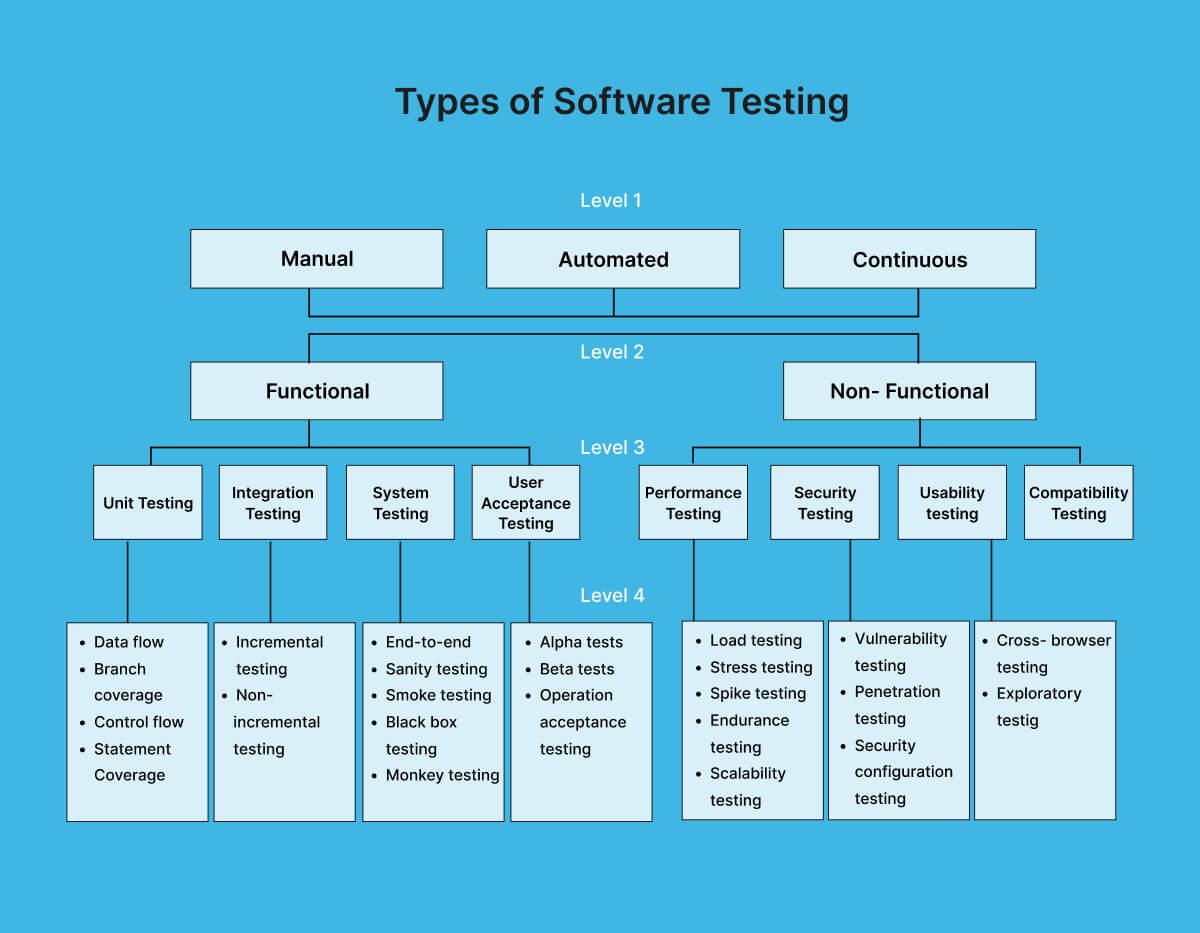Automated testing vs Manual testing - What's the difference?
"Work smarter, not harder." This saying holds true, especially in software testing. The goal here is often to minimize the time spent on testing while ensuring effectiveness. Typically, software testing has two primary methodologies: manual and automated.
Both approaches play a crucial role in verifying a software's compatibility with various systems and assessing its performance and reliability across different operational environments.
However, the key to effective testing is understanding when and which method to use. So, when should you opt for automated testing vs manual testing? Are there scenarios where manual testing still holds an advantage? Let's explore these questions and discover the best testing strategy for different situations to help you choose the one that is best for you.
We can help you drive localization as a key initiative aligned to your business goals
What is automated testing?
Automated testing uses tools to execute tests, enhancing speed and efficiency compared to manual testing. Because it relies on automation tools, it significantly reduces the possibility of human errors.
Key aspects of automation testing include:
- Pre-scripted tests: They operate on predefined test scripts that run automatically, comparing actual outcomes with expected results.
- Performance validation: Automation testing is instrumental in verifying if an application behaves as anticipated.
- Facilitating repetitive and Regression tests: It is beneficial for conducting repetitive tasks and regression tests, ensuring consistent test coverage over time.
- Initial setup: While automation streamlines testing, it does require manual input initially to develop the testing scripts.
Benefits of automated testing
Automation testing offers several compelling advantages, making it a valuable tool in modern software development and quality assurance processes. Here are some of its key benefits:
1. Increased accuracy
Automation testing significantly enhances the precision of test results. Automated tests can be run more frequently and consistently than manual tests, which is especially beneficial when dealing with large codebases. This consistent repetition helps identify issues that might be missed in manual testing due to human error.
2. Quicker execution
Automated tests can be executed faster than manual tests. This speed is attributed to the ability of automated tests to run in parallel rather than sequentially, as in manual testing. The capability to execute multiple tests simultaneously speeds up the process and increases the overall test throughput, allowing more tests to be conducted within the same timeframe.
3. Cost-effectiveness over time
While the initial setup and investment in automation tools might seem high, automated testing can be more economical in the long run. Automation tools expedite the process of identifying defects and can accomplish more in a given period than manual testing. This efficiency reduces the time and resources spent on testing, ultimately saving money, particularly in large-scale or long-term projects.
4. Suitable for Agile and DevOps
Additionally, automated testing is crucial for continuous integration and continuous deployment (CI/CD) practices, enabling faster release cycles and ensuring the software remains in a deployable state. These make it a critical component in modern software development methodologies like Agile and DevOps.
Automation also allows for more extensive test coverage, ensuring that more parts of the application are tested, which might not be feasible with manual testing due to time constraints. This comprehensive coverage ensures a more robust and reliable software product.
Challenges of automated testing
- Reduced intuition: Automated testing lacks the human touch that manual testing offers. Thus, it makes it less effective in scenarios that require non-functional testing, as automation tools are not as intuitive.
- Limited flexibility: Automation is restricted to the parameters of your test scripts. It cannot adapt or 'think' beyond these confines. If your test scripts do not cover every possible input or scenario, your testing might not be comprehensive.
- Higher costs: Implementing automated testing can be costly. It involves investing in automation frameworks and tools, as well as training staff to use these resources proficiently.
- Potential over-complexity: Automated testing might not best fit every team, particularly for smaller projects. In such cases, automated tools' complexity and resource demands might outweigh their benefits.
When to use automated testing?
1. Regression Testing: Automated testing shines in repetitive tasks like regression testing. Its efficiency makes it ideal for running tests each time there's a change in the code base.
2. Load Testing: Automated tests can effortlessly simulate high loads on an application. You can easily adjust load parameters to identify errors and stability issues. For instance, this includes running multiple applications on a server simultaneously or downloading several large files at once.
3. Parallel Testing: Automated tools are invaluable in scenarios where testing different modules on various machines simultaneously is required. They can handle parallel test execution and generate easily interpretable test reports.
4. Security Testing: Automated testing is crucial for simulating real-world attacks on systems. This level of testing is challenging to achieve with manual methods alone.
What is manual testing?
Manual testing is a process where testing is performed without the aid of automation tools. In this method, testers manually create test cases to evaluate software and provide a comprehensive report on its performance. Due to its reliance on human effort, manual testing is generally more time-consuming and carries a risk of human errors.
Key elements of manual testing include:
- Bug detection: The primary goal is identifying bugs in the software application under development.
- Feature verification: Testers meticulously check all crucial features of the application to ensure they function as intended.
- Manual execution and reporting: Test cases are executed, and reports are generated manually without the assistance of automation tools.
- Reliance on tester expertise: This type of testing requires skilled testers who can thoroughly and effectively carry out the testing process.
Benefits of manual testing
Manual testing offers several advantages, mainly when human judgment and interaction are crucial. Here are some of its key benefits:
1. Reduced initial investment and quicker start
Manual testing requires a lower upfront investment compared to automated testing. It also allows for a faster start since it doesn't require the setup and scripting involved in automation.
2. Ideal for frequently changing interfaces
Applications with frequently changing graphical user interfaces (GUIs) are well-suited for manual testing. Adjusting automated tests for constant GUI changes can be time-consuming, whereas manual testing can adapt more quickly.
3. No need for extensive coding
Manual testing is beneficial for quickly assessing small changes in the application without the need for extensive coding. It is advantageous in the early stages of development or for minor updates.
4. Real user interaction
Manual testing enables testers to interact with the application as actual users would. This interaction is invaluable for evaluating the usability and user interface, offering insights that automated testing cannot.
5. Leveraging human judgment
Human testers' intuitive abilities and extensive judgment are significant assets in manual testing. They allow for a deeper analysis of the application's behavior, user experience, and other qualitative aspects.
6. Immediate visual feedback
Manual testers can provide fast and accurate visual feedback, identifying issues that automated tests might miss. This is particularly important for assessing the application's visual and interactive elements.
Challenges of manual testing
- Time-consuming and labor-intensive: Manual testing relies solely on human effort and does not utilize automation tools. This approach can be slow, as a manual tester cannot process large amounts of data as efficiently as automated software.
- Susceptibility to human error: Manual testers are more likely to make errors, particularly in functional regression testing. They may overlook syntax and logic errors in code during white box testing, owing to the human tendency towards error.
- Resource demands: The process of hiring and training manual testers can be costly. Depending on the specific requirements of your industry, you might need testers with particular skills. Additionally, retaining skilled testers in a competitive quality assurance (QA) market can pose a challenge.
- Inconsistency: Relying solely on human testers leads to less consistent results. Testers' concentration levels naturally vary, and changes in the QA team's composition can also impact productivity.
- Limited test coverage: Manual testing is less suitable for system testing involving many test cases. It's not only slower than automated testing but also requires more effort from the testers. Consequently, achieving comprehensive test coverage is more challenging with manual testing alone.
When to use manual testing?
1. Exploratory Testing: Manual testing is highly effective for exploratory or ad-hoc testing. It allows QA engineers to use intuitive test results as a basis for more structured future test cases.
2. Usability Testing: The hands-on approach of manual testing is perfect for assessing user-friendliness. Manual testers can evaluate how well users can navigate and use application features like chat boxes.
3. Compatibility Testing: Manual testing excels in assessing software performance across different platforms, devices, or operating systems in real-world conditions.
4. Low-volume Testing: Manual testing is a time-efficient method for tests that need to be run only once or twice, like hotfix testing with limited scope. In such cases, setting up automated testing tools might be unnecessary.
Automated testing vs Manual testing – Key differences
Let's dive into the key distinctions between manual and automated testing:%20(1)%20(1)%20(1)%20(1).jpg?width=1105&height=1382&name=Group%201000007640%20(2)%20(1)%20(1)%20(1)%20(1).jpg)
Automated testing vs Manual testing: Which is superior?
The debate between manual and automated testing in software isn't straightforward, as each has its benefits and drawbacks. Automated testing is time and resource-efficient, ideal for large-scale, repetitive tasks. However, it requires skilled personnel, coding expertise, and financial investment. Automated systems also need updates to align with changing application requirements.
On the other hand, manual testing relies on human creativity and perception, which is especially effective for assessing user experience. It's slower and error-prone due to human involvement but crucial for subjective evaluations.

A balanced approach often works best, combining automated testing for repetitive, reliable tasks and manual testing for complex, exploratory scenarios. This hybrid method thoroughly examines a product's functional and non-functional aspects. The future of software testing lies in a strategic blend of both, leveraging automation for efficiency and human insight for detailed, creative testing.
Global App Testing – A unique blend of automated and manual testing
At Global App Testing, we offer a blend of both manual and automated testing services. Our automated testing solutions aim to reduce the workload on QA teams while enhancing overall efficiency and reliability. They include features like:
- Reusable test suites
- Continuous deployment capabilities
- Early bug detection
- Comprehensive test coverage
- Improved accuracy.
Additionally, we recognize the importance of manual testing, especially for aspects that require human insight and adaptability.
This approach allows us to provide a more nuanced and versatile testing process, which is crucial for areas where automated testing might not be as effective. Our manual testing services cover:
- Exploratory testing
- Functional testing
- Usability and UX testing
- Localization testing, etc.
With integrating both manual and automated testing, we can address a broad spectrum of testing needs. This combination ensures the speed and efficiency of automation and the detailed understanding and flexibility of human testers, offering a comprehensive and adaptable testing strategy suitable for various project requirements. So, if you want to learn more about our specific testing approach, sign up and arrange a discovery call today!
We can help you drive global growth, better accessibility and better product quality at every level.
FAQ
1. When should I use automated testing?
Automated testing is best used when:
- Tests need to be run repeatedly over time.
- The software being tested has a large codebase or complex functionalities.
- Regression testing is required frequently.
- There's a need for testing in a consistent and efficient manner.
2. When should I use manual testing?
Manual testing is more suitable when:
- The test scenario requires human observation to judge the quality, such as user interface and user experience testing.
- The project is short-term and does not justify the cost of automation.
- The test cases are new or frequently changing.
3. Can I use both automated and manual testing in a project?
Yes, you can use them both, and they often coexist. Automated testing can handle repetitive, data-intensive tasks, while manual testing can focus on exploratory, usability, and ad-hoc testing aspects.
4. How to decide between automated and manual testing?
The choice between automated testing vs manual testing depends on various factors like project size, budget, timeline, test case stability, and the skill set of the testing team. Usually, a combination of both is the most effective approach.
Keep learning
5 Best practices for testing web applications
62 Software testing quotes to inspire you
8 Best software testing blogs to follow in 2025

.webp)